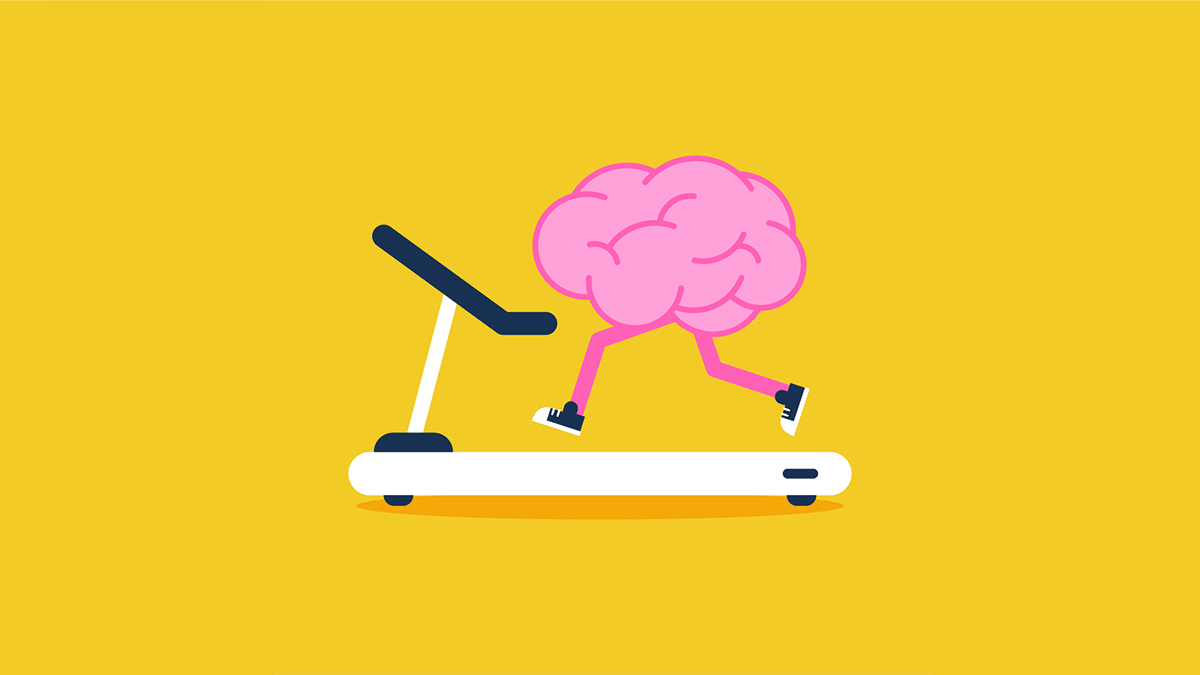How Exercise Affects the Brain’s Grey Matter

The physical benefits of exercise are a given. Yes, the research for achieving optimal body goals is ongoing, but the upshot of physical benefits from almost any form of exercise is universally known. Arguably more interesting in 2020 is how exercise affects the brain.
This brain-body connection is no new concept, but a recent study from Mayo Clinic has proven particularly enlightening regarding grey matter – a region of the brain directly involved with ageing and cognitive decline.
Human brain tissue is made up both of grey matter and filaments known as white matter, and it’s widely regarded that our volume of grey matter correlates with cognitive abilities and skills.
In this study, researchers focussed on cardiorespiratory fitness, ie. a brisk walk, running, biking and others that increase heart rate. Over 2,000 adults were examined while using an exercise bike, looking at both peak oxygen uptake and MRI brain data.
What they found was that increases in peak oxygen uptake were strongly associated with increased grey matter volume, suggesting cardio exercises may contribute to improved brain health at any age and a deceleration in cognitive decline.
In our ongoing mission to operate at our full potential, this is all the motivation we need to continue our exercise commitment long past this January’s “new year, new you” brigade. According to the experts, around 150 minutes of cardio per week should suffice, not forgetting the healthy diet to compliment.


















